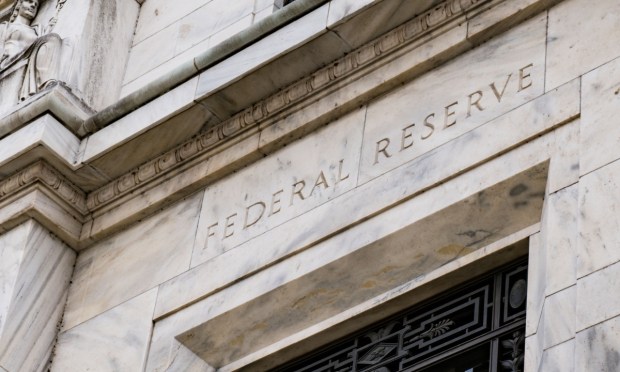
The Federal Reserve’s emergency lending program, known as the Bank Term Funding Program (BTFP), has reportedly become a source of “easy money” for banks.
Established in response to the 2023 banking crisis, the BTFP was initially aimed at restoring confidence among depositors and providing banks with access to ample funds, The Wall Street Journal (WSJ) reported Wednesday (Jan. 10).
Under the BTFP, banks can borrow funds from the Federal Reserve at a rate tied to future interest-rate expectations, according to the report.
With investors anticipating multiple rate cuts in the coming year, banks are taking advantage of the program’s low borrowing costs, the report said. By borrowing funds at a lower rate and parking them as overnight deposits at the central bank, banks can earn a higher return.
Initially, borrowing from the BTFP was costly due to expectations of higher future interest rates, per the report. However, a significant reversal in rate expectations has made borrowing more attractive for banks. This shift has resulted in a surge in borrowing from the program, reaching record highs recently.
Analysts suggest that banks are exploiting a positive arbitrage opportunity by capitalizing on the rate differential between borrowing from the BTFP and earning interest on parked reserve balances at the central bank, according to the report.
While the program offers financing below 5%, the central bank pays banks 5.4% on parked reserve balances, per the report. This favorable arbitrage opportunity has incentivized banks to increase their borrowing from the program.
The benefits of the BTFP are temporary, as the program is set to expire on March 11, unless extended, according to the report. The Federal Reserve’s vice chairman for banking supervision has indicated that an extension is unlikely.
Additionally, if market expectations shift and anticipate fewer rate cuts, the pricing of the program may change, reducing its appeal, the report said.
Furthermore, while the increased usage of the BTFP may not indicate new stress on banks, it is unlikely to significantly ease the pain from higher deposit costs, per the report. The banking industry is expected to face shrinking profits, and the positive arbitrage provided by the BTFP may not be sufficient to offset these challenges.
The BTFP was created a week after the collapse of Silicon Valley Bank (SVB) in March, with the Federal Reserve saying it will make additional funding available to “eligible depository institutions” to make sure banks can meet their depositors’ needs.